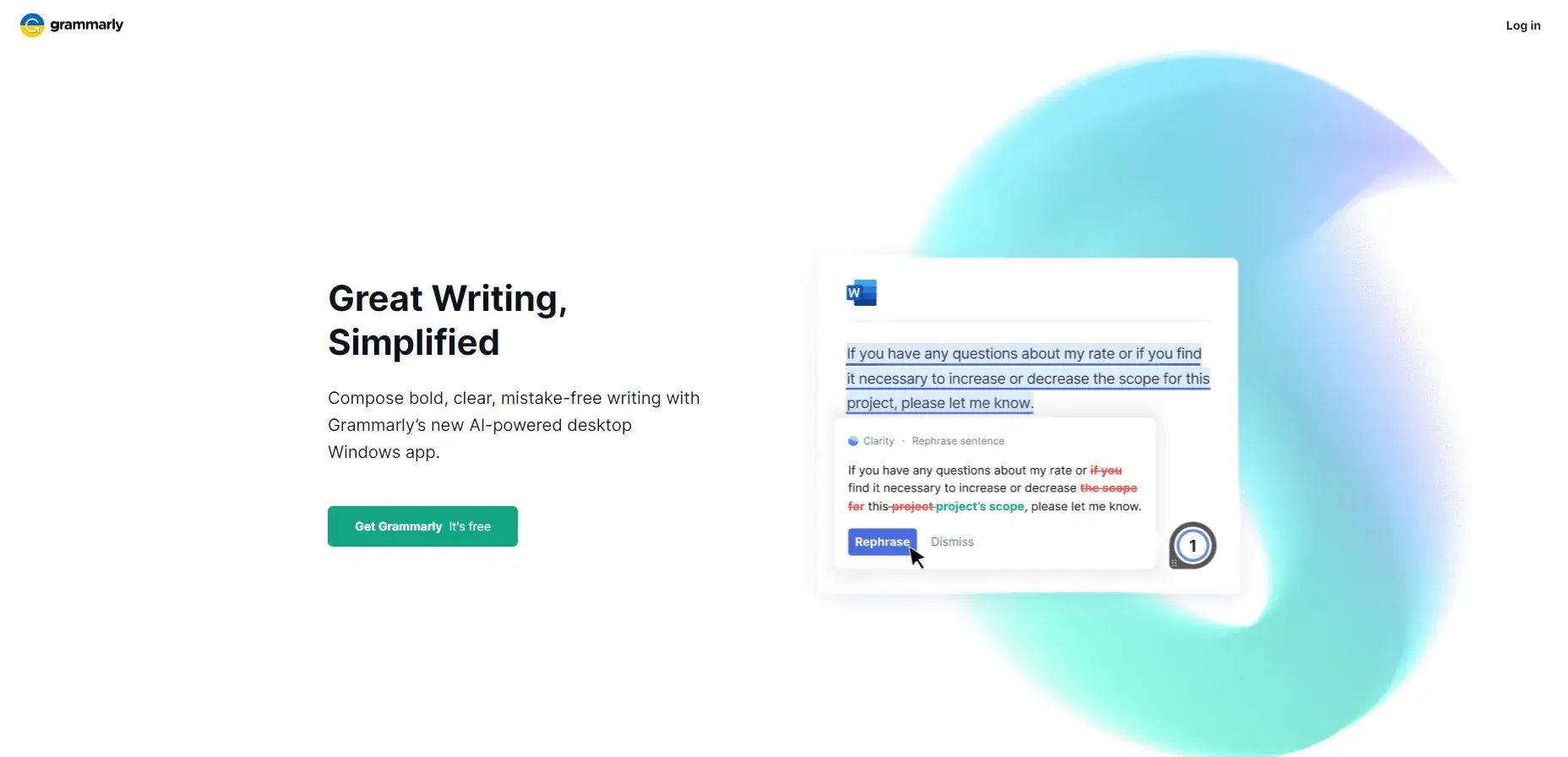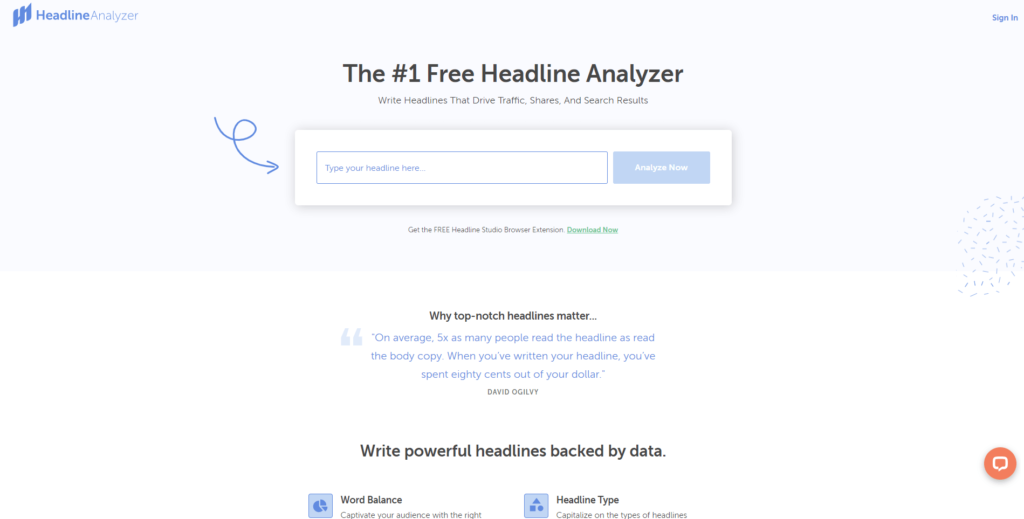I may get a paid commission for purchases made after clicking a link in this post, click here to read my disclosure.
If you’re reading this, chances are you’ve recently started a blog or are thinking about starting one and want to know how to start creating content tailored for your specific audience.
Congratulations! You’re embarking on an exciting journey that has the potential to change your life in a myriad of ways.
But before you can start reaping the rewards of being a blogger, you need to actually start writing blog posts.
And not just any blog posts, your posts must be compelling, interesting, and engaging if you want people to keep coming back for more.
So how do you go about creating content that people will love? Read on to find out!
one of the keys to successful blogging is creating content that appeals to your target audience. Fortunately, there are a few simple tips you can follow to make sure your content is tailored to your audience.
In this blog post, we’ll show you how to create content for a specific audience.
By the end of this post, you’ll know exactly how to create content that resonates with your audience, engages them, and keeps them coming back for more.
What Is Content Creation For Bloggers?
Simply put, Content creation refers to the process of generating and developing various types of digital or multimedia materials, such as articles, videos, images, blog posts, infographics, and more, with the intent of sharing information, entertainment, or value with a specific audience.
It encompasses the entire production cycle, from brainstorming and research to creating, editing, and publishing content on platforms like websites, social media, or other online channels.
Content creators aim to engage and inform their target audience, often to build an online presence, fostering community, or achieve specific marketing and communication objectives.
In this post, we’ll give you a crash course on everything you need to know about content creation for your blog.
So let’s get started!
What Makes a Good Blog Post?

There are a few things that all good blog posts have in common. First and foremost, they’re interesting.
Your readers should be able to see that your post has something worth reading—whether it’s an insightful opinion, some valuable advice, or just an amusing story.
Second, good blog posts are well-written.
Even if your topic is interesting if it’s difficult to read then your readers won’t stick around for long.
Make sure that your posts are free of grammar and spelling errors, and try to use clear and concise language throughout.
Finally, good blog posts are focused. Once you’ve chosen a topic, stick to it!
It’s okay to veer off on a tangent every now and then but try to stay on track as much as possible.
If your readers can’t tell what your post is about by the end of it, chances are they won’t be back for more.
It is vital to create a good content strategy that will keep you consistent as well as useful and important to your target audience.
Why Is Good Content Creation Important?
Before we dive into how to write content for a specific audience, let’s first discuss why it’s important to do so.
Simply put, if you want your blog to be successful, you need to make sure it’s appealing to your target audience.
After all, there is no one-size-fits-all approach to blogging; what works for one blogger may not work for another.
By creating content that is specifically tailored to your target audience, you can rest assured knowing that your blog is as appealing as possible.
Not only that, but you’ll also be able to attract new readers and grow your blog more quickly.
So, without further ado, let’s take a look at how you can write content for a specific audience.
12 Tips For Creating Content For Your Target Audience
1. Find Your Niche
To write content that people will love, you need to know who your target audience is, in other words, who are you writing for?
This may seem like a no-brainer, but it’s actually fairly easy to get caught up in writing about things that don’t really matter to your target audience.
That’s why it’s so important to find your niche and stick to it.
To find your niche, ask yourself what sort of topics your ideal reader would be interested in.
What sort of advice would they be looking for? What do they struggle with?
Once you have a good grasp on who your target audience is and what they want to read about, half the battle is already won.
2. Find Your Voice
One of the most important aspects of writing good blog content is finding your voice.
Your voice is what sets you apart from all the other bloggers out there, it’s what makes you unique.
When you’re first starting out, it can be difficult to find your voice.
But don’t worry, there are a few things you can do to help yourself along
First, take some time to read other blogs in your niche and see what kind of tone they use.
Do they use a lot of humor? Are they more serious?
Once you have an idea of what’s out there, start experimenting with different voices until you find one that feels natural for you.
Remember, there’s no right or wrong answer here, it’s all about trial and error.
The most important thing is that you stay true to yourself.
3. Know Who Your Target Audience Is
This may seem like an obvious tip, but it’s worth repeating because it’s so important.
Before you can start writing content for a specific audience, you need to first take the time to identify who that audience is.
To do this, ask yourself who you want to read your blog and why they would want to do so.
Once you have a good understanding of your target audience, you’ll be in a much better position to create content that appeals to them.
4. Write Quality Content
It’s also important to make sure that the content you’re writing is high quality.
There’s no point in tailoring your content to a specific audience if it’s not actually worth reading!
When creating blog posts, always take the time to proofread and edit them before hitting “publish.”
This will help ensure that your posts are error-free and easy to read.
5. Keep Your Tone Consistent
Another important tip is to make sure the tone of your blog remains consistent throughout all of your posts.
This means avoiding using overly formal or casual language depending on the topic at hand.
For example, if you’re writing about a serious topic such as politics or current events, it’s important to remain professional in your tone.
However, if you’re blogging about more lighthearted subjects such as fashion or food, you can afford to be more whimsical in your writing style.
6. Appeal to Emotion
Finally, remember that people are emotional creatures!
As such, it can be helpful to try and appeal to emotion in your writing.
Whether you’re making people laugh or teaching them something new, putting some heart into your posts will go a long way towards making them relatable and enjoyable for your readership.
7. Create Engaging Content
Now it’s time to start writing! When creating your content, keep your audience in mind throughout the process.
Write in a way that engages them and speaks to their needs and wants.
If you’re not sure where to start, try thinking about how you can add value to your readers.
For example, if you’re writing a fitness article, you could include tips on how people can stay motivated or overcome common obstacles they face when trying to get in shape.
Whatever topic you choose, make sure your content is helpful, informative, and engaging.
8. Edit and Proof-read

Once you’ve finished writing your article or blog post, it’s important to edit and proofread it before publishing it online.
This will ensure that any typos or grammatical errors are corrected before your readers see them, you can use a tool like Grammarly, to automatically scan your content for errors and misspellings, so you can correct them immediately.
You may even want someone else to read it over so they can catch anything you may have missed, after all, it’s always better to be safe than sorry!
9. Come Up With A Schedule and Stick To It!
Once you’ve found your niche, it’s time to start brainstorming some ideas for posts.
Once you have a nice long list of potential topics, it’s time to start planning out when you’re going to write and publish each post.
Creating a schedule will help keep you organized and ensure that you’re regularly putting new content up on your site.
Remember, even if you don’t think anyone is reading your blog yet, it’s important to stay consistent so that when people do start finding your site, there’s already a good amount of content for them to check out.
Plus, if you ever do decide to pitch your blog to brands or work with advertisers down the line, having a solid archive of published content will make you look much more professional and Henceforth more likely to land those opportunities.
So how often should you be posting? At the bare minimum, try to stick to publishing at least one new post every week.
But if possible, aim for two or three per week, the more quality content you can provide your readers, the better!
Of course, life happens and there will be times when adhering strictly to your schedule just isn’t possible.
And that’s totally okay!
Just try not to let too much time pass between posts; otherwise, people may forget about your site entirely and move on to other blogs instead.
10. Create Compelling Headlines

If you want people to actually read your blog posts, you need to learn how to write headlines that pack a punch.
A great headline should be attention-grabbing while also accurately reflecting the topic of your article.
It should be specific enough that readers know exactly what they’re going to get when they click through, but not so specific that it turns them off with its specificity. In short, creating headlines is an art form but luckily, it can be learned with practice.
A really great tool to use for your headline creation is a tool called the Coschedule headline analyzer, it helps you draft millions of catchy headlines based on your keyword.
11. Use Subheadings Sparingly
Breaking up your text with subheadings is a great way to make sure readers are actually absorbing the information you’re trying to impart, but only if used sparingly.
Too many subheadings will make your post look cluttered and overwhelming, which will only serve to drive readers away. So use them judiciously!
12. Write Concisely
One final tip for creating great content: less is almost always more.
People have notoriously short attention spans these days thanks, to social media!,
so if your post looks like it’s going to require a huge time commitment from readers, chances are they’ll just move on without giving it a second thought.
Get straight to the point and leave out any unnecessary things, your readers will thank you for it.
How To Generate Content Ideas
One of the most common questions beginner bloggers have is “What should I write about?”
The truth is, there isn’t really a right answer to that question, it all depends on what interests you and what you want your blog to be about.
That said, here are a few general tips that can help:
1. Brainstorm A List of Potential Topics
One way to overcome a blogger’s block is to have a list of potential topics ready to go when you sit down to write.
This could be a list of ideas related to your niche or simply a list of ideas related to something you’re passionate about.
You can use the Keyword Finder tool by Mangools to get low-competition and high-search volume keywords for your blog.
Having this list on hand will help give you a starting point when you’re feeling stuck.
When something occurs to you that might make for a good blog post, jot it down!
That way, when you’re feeling stuck, you can always refer back to your list for inspiration.
2. Repurpose Old Content
If you’re really struggling to come up with fresh ideas, take a look back at some of your older posts.
Is there anything you can update or expand upon? Could you share a new perspective on an old topic?
Don’t be afraid to revisit past content and breathe new life into it.
Your readers will appreciate the update, and it can help give you some much-needed inspiration.
3. Take Inspiration From Others in Your Niche
If you’re still stuck, take some time to peruse other blogs in your niche or even outside of your niche.
What kind of content are they posting?
What seems to be resonating with their audience? Use this research to generate some ideas of your own.
Just be sure not to copy anyone directly, we want original content on our blogs!
See something on another blog that you like? Why not try writing something similar?
Just make sure not to plagiarize, you want people to read YOUR blog, after all!
4. Check Out What’s Trending On Social Media or Forums
What’s trending on Twitter or Facebook?
Is there anything there that could be turned into a blog post? You never know until you try!
Take your time to scan through trending topics to see which one your audience might be interested in.
It could be anything from current news in your niche to something your readers would love to have an answer to.
How To Start Creating Content – Conclusion
Creating content for your blog can seem daunting at first, but luckily there are some simple steps you can follow to make sure each and every one of your posts is as good as it can be!
Find your voice, figure out who your target audience is, write headlines that pack a punch, and get straight to the point.
By following these tips, you’ll be well on your way toward becoming a blogging pro in no time!
Writing content for a specific audience doesn’t have to be complicated; by following the simple tips outlined above, you can easily tailor your blog posts so they appeal directly to the people you want to read them most!
Just remember to know who your target audience is, write quality content, keep your tone consistent, and appeal to emotion, and you’ll be well on your way to successful blogging
We hope this guide has given you some helpful tips and tricks for creating quality content for your blog.
Remember: find your niche, come up with a posting schedule…and most importantly, have fun!
Creating engaging content is hard work but it’s also advantageous.
I can’t wait to see what awesome things YOU come up with!

